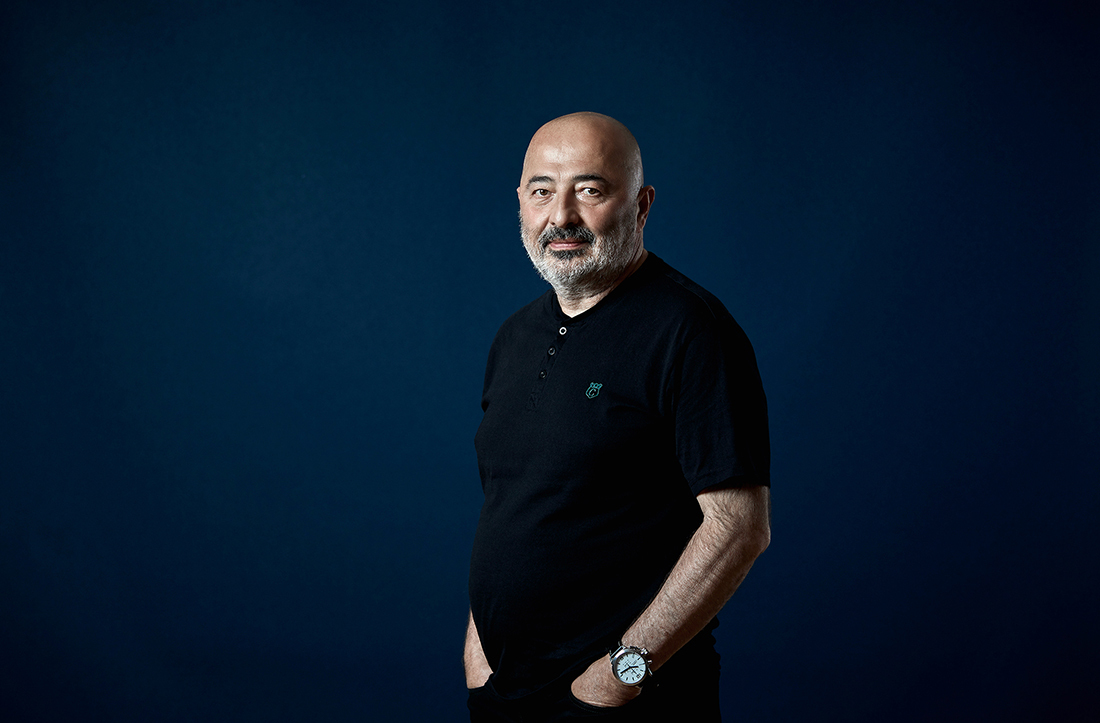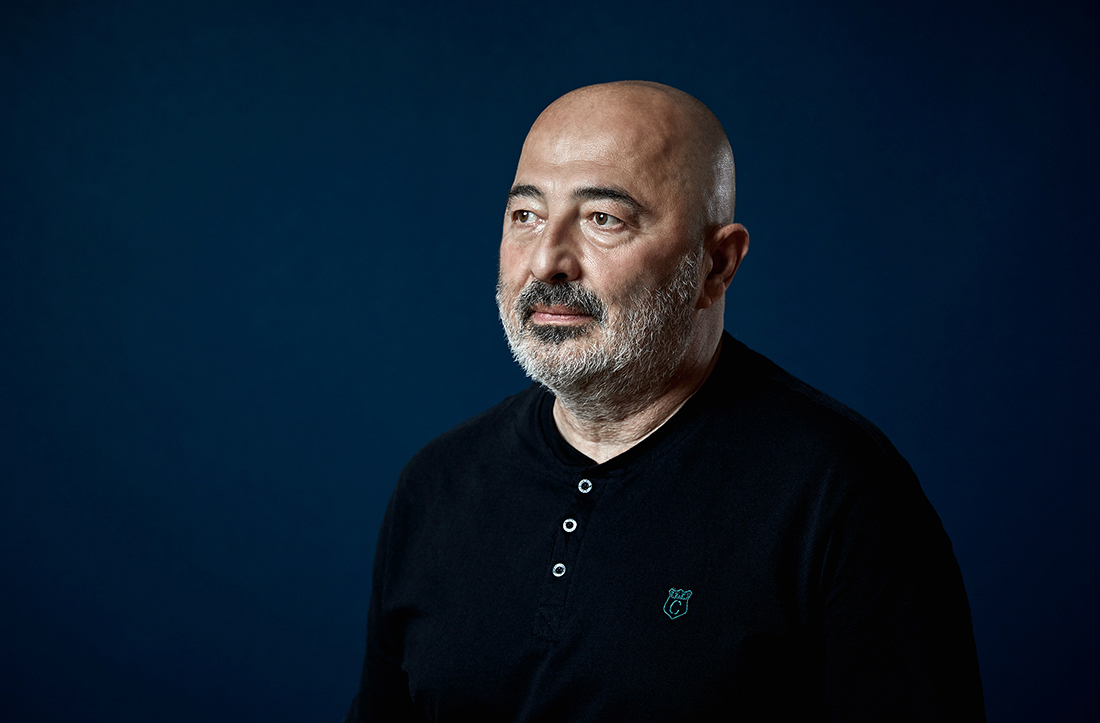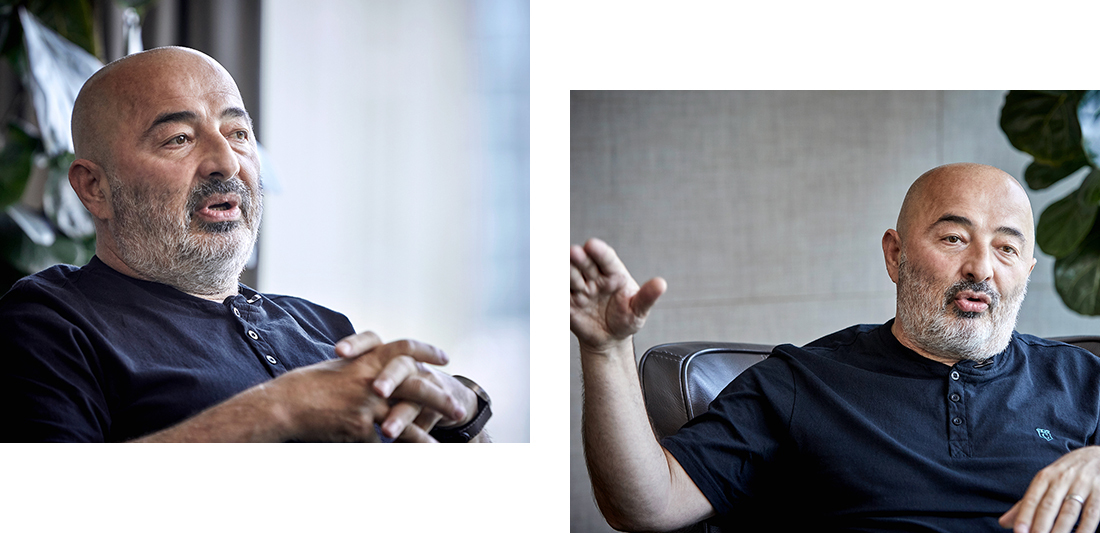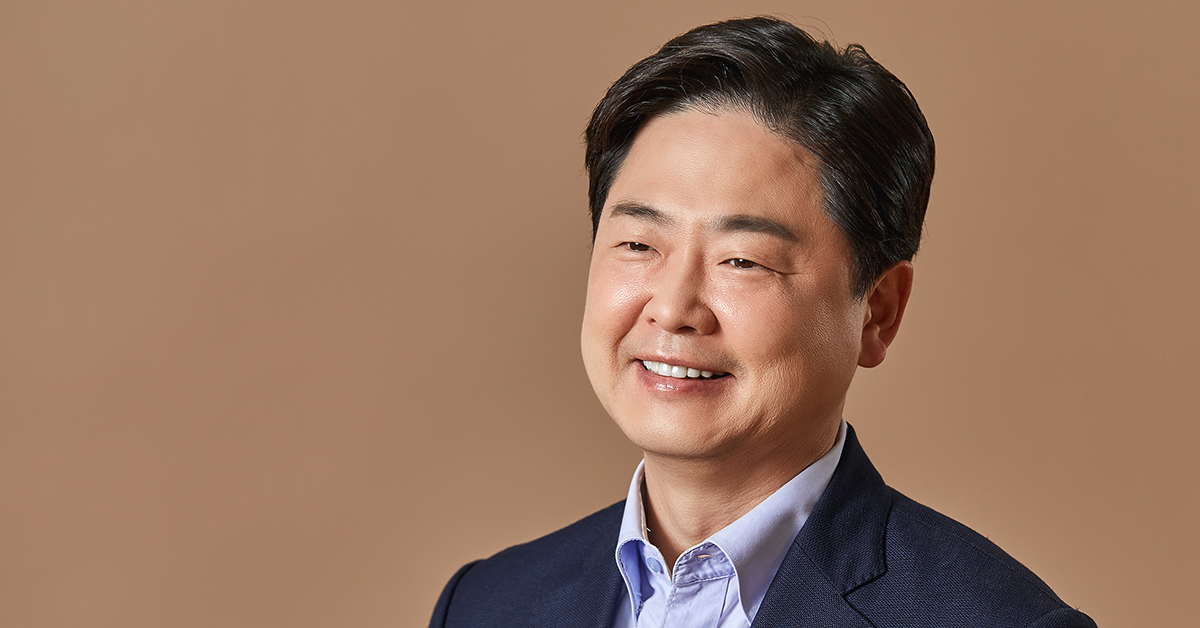NC appointed Daniel Dociu, industry veteran with 28 years of art experience in games, as its Global Art Leader. Daniel Dociu, who had previously led the success of Guild Wars series, will be responsible in further enhancing NC’s global art capabilities and presenting the vision of the game’s core visuals. In this article, we will introduce the future that Daniel will draw to help NC’s games resonate deeply with global users moving forward.
2022.06.14 NC Leadership
Building Fences to Create Sustainable Joy: Bong-kyu Suh, Chief Legal Officer
 Facebook
Facebook  Twitter
Twitter  Reddit
Reddit  LinkedIn
LinkedIn  Email
Email  Copy URL
Copy URL 






